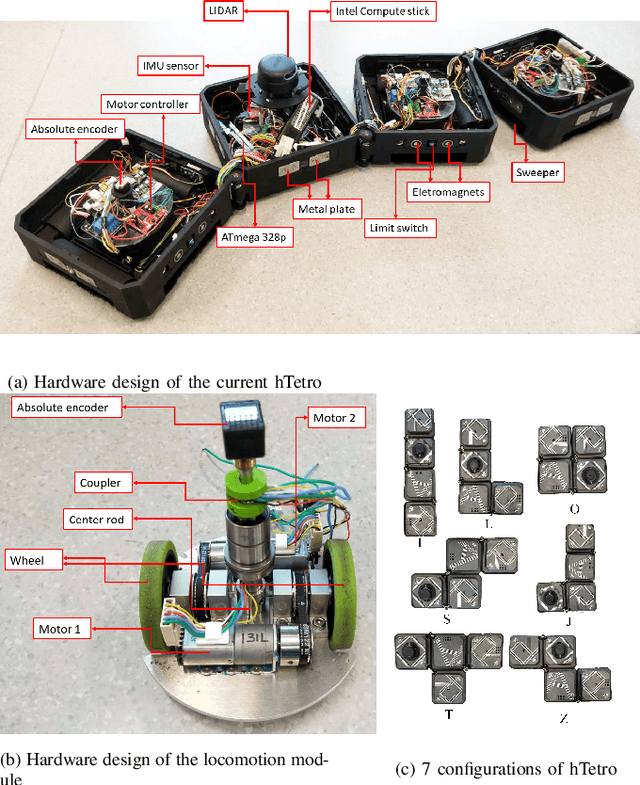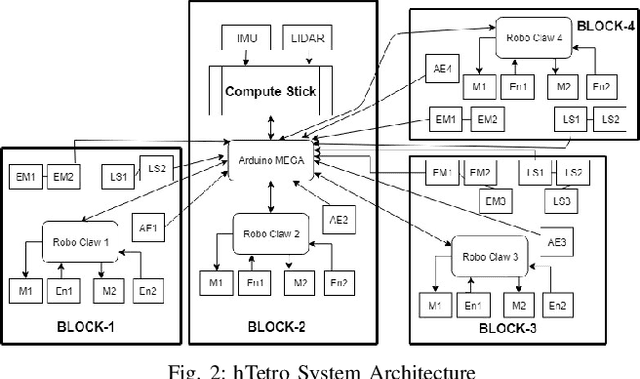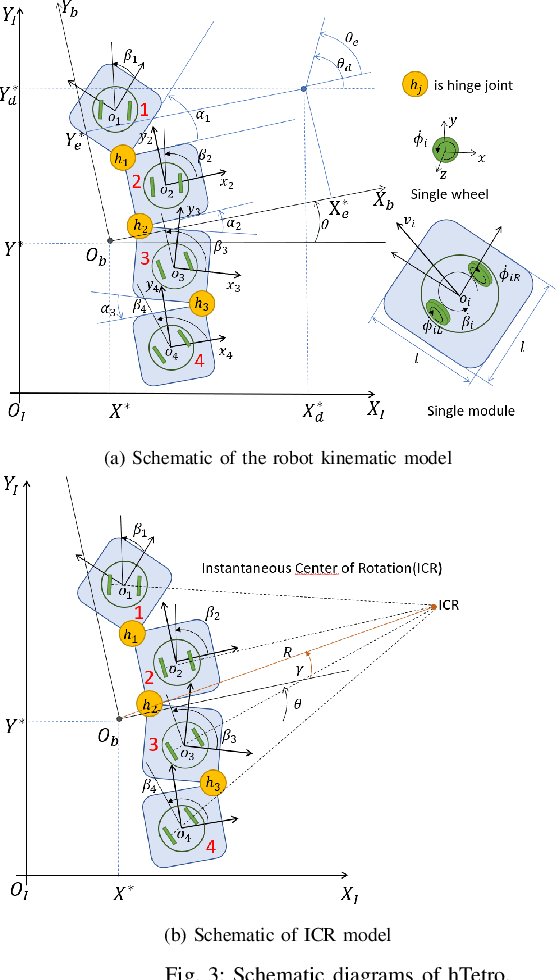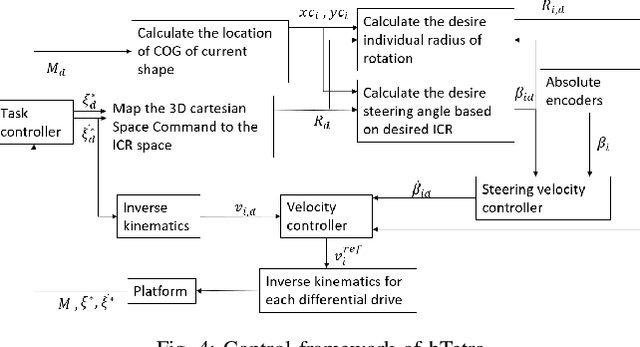Yuyao Shi
WaspL: Design of a Reconfigurable Logistic Robot for Hospital Settings
Jul 07, 2021



Abstract:Healthcare poses diverse logistic requirements, which resulted in the deployment of several distinctly designed robots within a hospital setting. Each robot comes with its overheads in the form of, namely, none/limited scaling, dedicated charging stations, programming interface, closed architecture, training requirements, etc. This paper reports on developing a reconfigurable logistic robot named WaspL. The design of WaspL caters to the requirement of high mobility, open robotic operating system architecture, multi-functionality, and evolvability features. It fulfills multiple logistics modes, like towing, lifting heavy payloads, forklifting low ground clearance objects, nesting of two WaspL} etc., fulfilling different applications required in hospital settings. The design requirements, mechanical layout, and system architecture are discussed in detail. The finite element modeling, attribute-based comparison with other standard robots, are presented along with experimental results supporting the WaspL design capabilities.
Path tracking control of self-reconfigurable robot hTetro with four differential drive units
Nov 20, 2019



Abstract:The research interest in robots with more than one steerable wheel has been increasing over recent years due to their high mobility while having a better payload capacity than systems using omnidirectional wheels. However, with more controllable degrees of freedom, almost all of the platforms include redundancy which leads to a modeling method based on the instantaneous center of rotation. The self-reconfigurable the robotic platform, hTetro, is designed for floor cleaning tasks. It also has four differential-drive units which can steer individually. Differing from most other steerable wheeled mobile robots, the wheel arrangement of this robot changes because of its reconfigurability. In this paper, we proposed a robust path tracking controller that can handle discontinuous trajectories and sudden orientation changes. Singularity problems are resolved on both the mechanical aspect and control aspect. The controller is tested experimentally with the self-reconfigurable robotic platform hTetro, and results are discussed.
 Add to Chrome
Add to Chrome Add to Firefox
Add to Firefox Add to Edge
Add to Edge